Cats, whether domestic or wild, have long fascinated humans with their enigmatic behavior and communication styles. While domestic cats have developed unique ways to communicate with their human companions, wild cats use different methods to interact with humans and each other. This article explores the fascinating world of feline communication, comparing how domestic and wild cats interact with humans.
The Evolution of Feline Communication
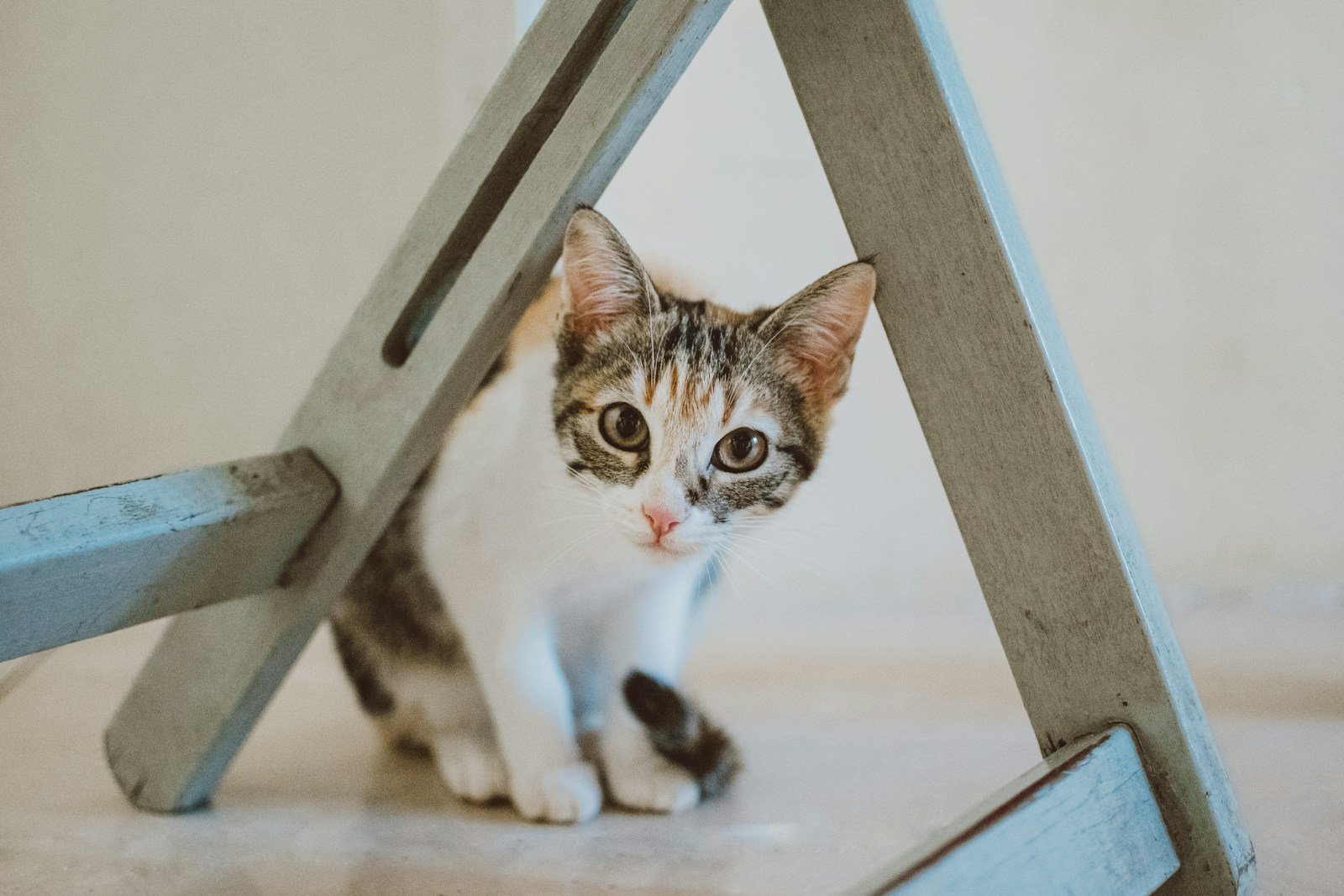
Feline communication has evolved over thousands of years. Domestication, human interaction, and environmental factors have influenced how cats convey messages. Understanding the evolutionary pathway sheds light on why domestic and wild cats communicate with humans differently.
Domestic Cats: The Role of Meowing
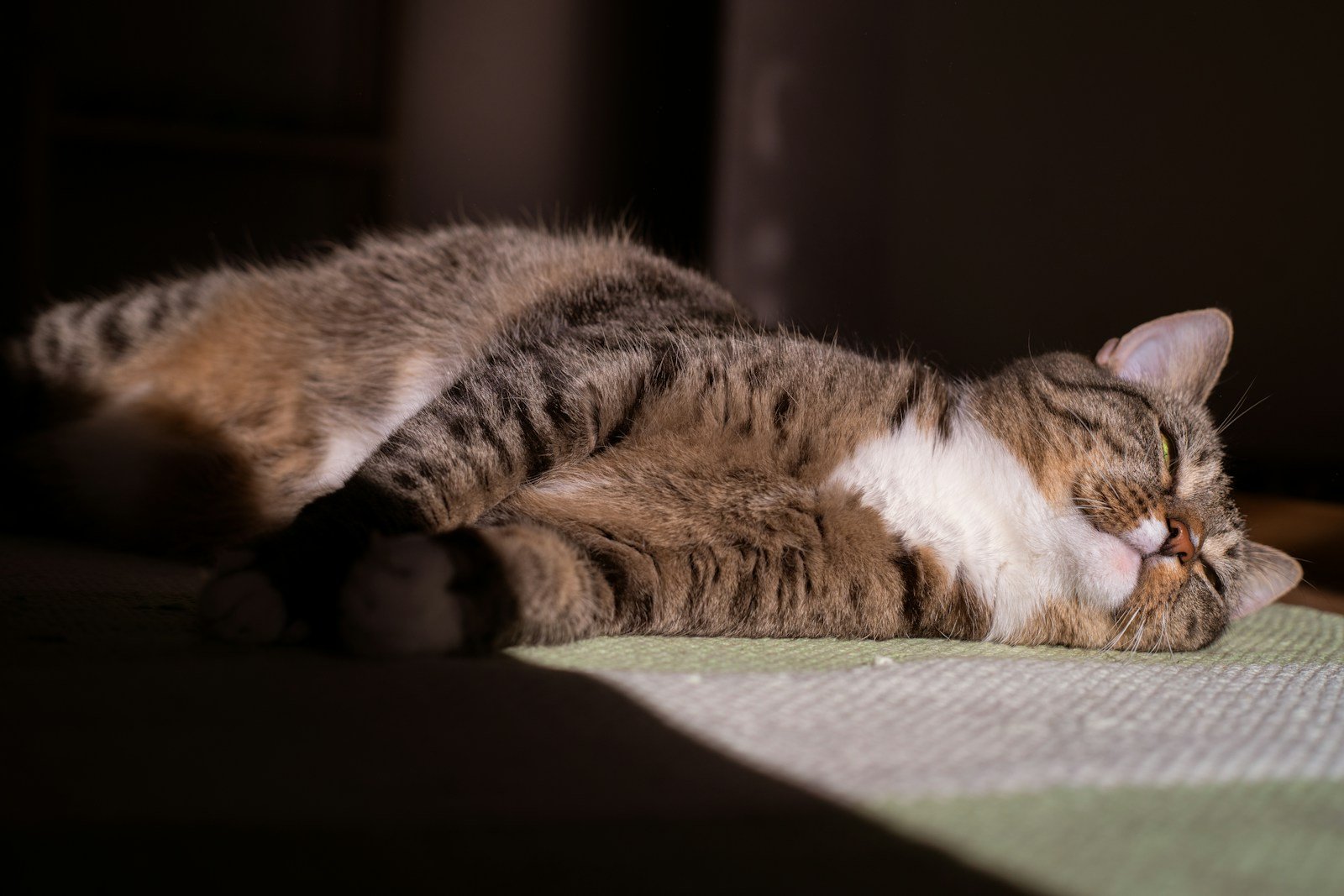
Domestic cats have a diverse vocal repertoire, with meowing being a primary communication tool. Unlike wild cats, which rarely meow, domestic cats use this vocalization almost exclusively to communicate with humans. This adaptation likely developed as humans responded favorably to their vocal requests, reinforcing its use.
Body Language in Domestic Cats
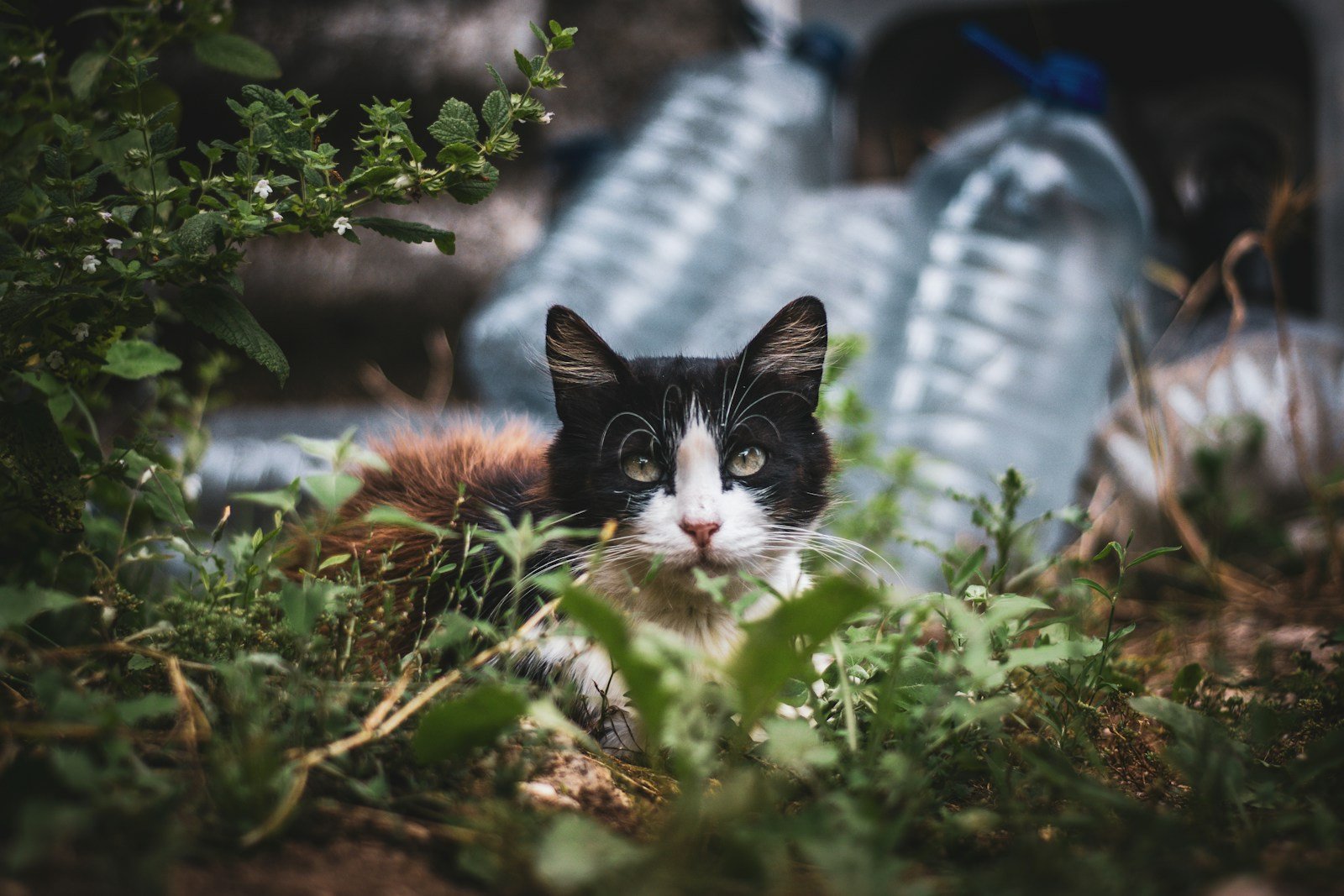
Body language is a crucial aspect of communication for domestic cats. Tail movements, ear positions, and body posture send various messages. A cat with an upright tail conveys friendliness or confidence, while a twitching tail can signify irritation. Understanding these signals helps humans interpret their feline companions’ needs and emotions.
Domestic Cats and Visual Signals
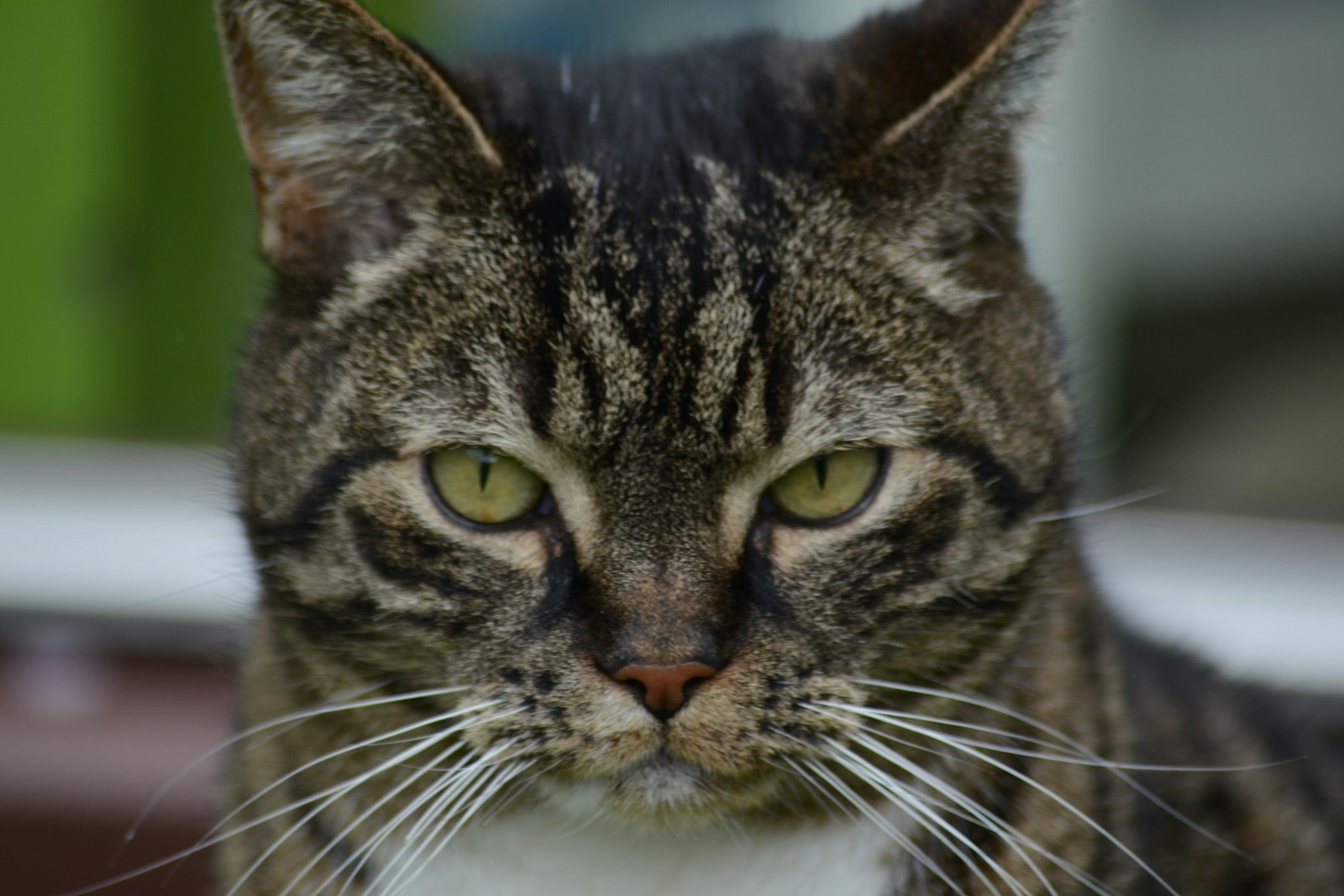
Domestic cats often use visual signals, such as slow blinking, to communicate with humans. A slow blink is a gesture of trust and affection, commonly referred to as a “cat kiss.” Humans can reciprocate this gesture, strengthening the bond with their pet.
The Limited Vocalizations of Wild Cats
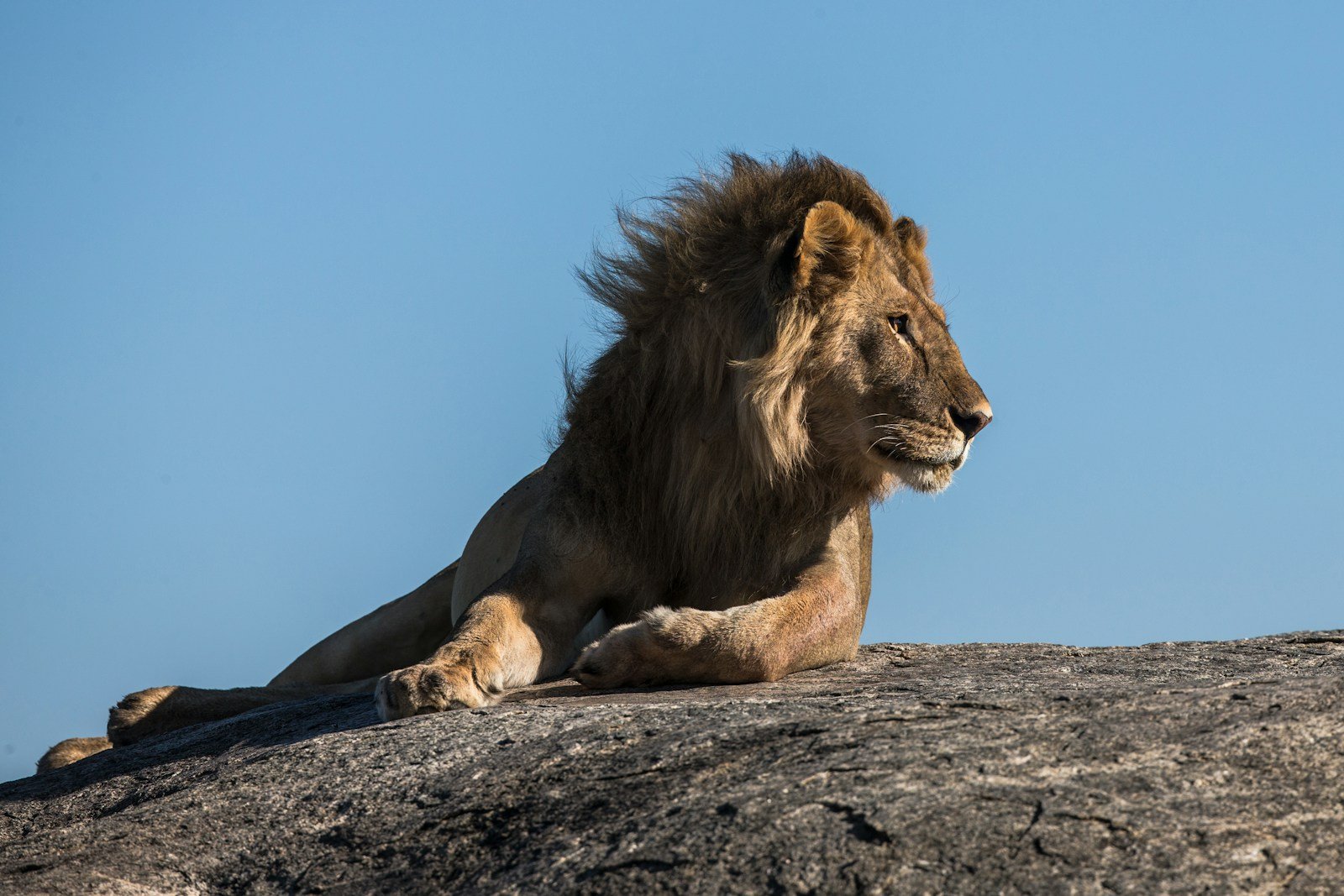
Wild cats, including species such as lions, tigers, and leopards, have a more limited range of vocalizations compared to domestic cats. Their vocalizations, such as growls, roars, and chuffs, serve primarily to mark territory, communicate with other wild cats, or express aggression and warning.
Wild Cats: The Importance of Territory Marking
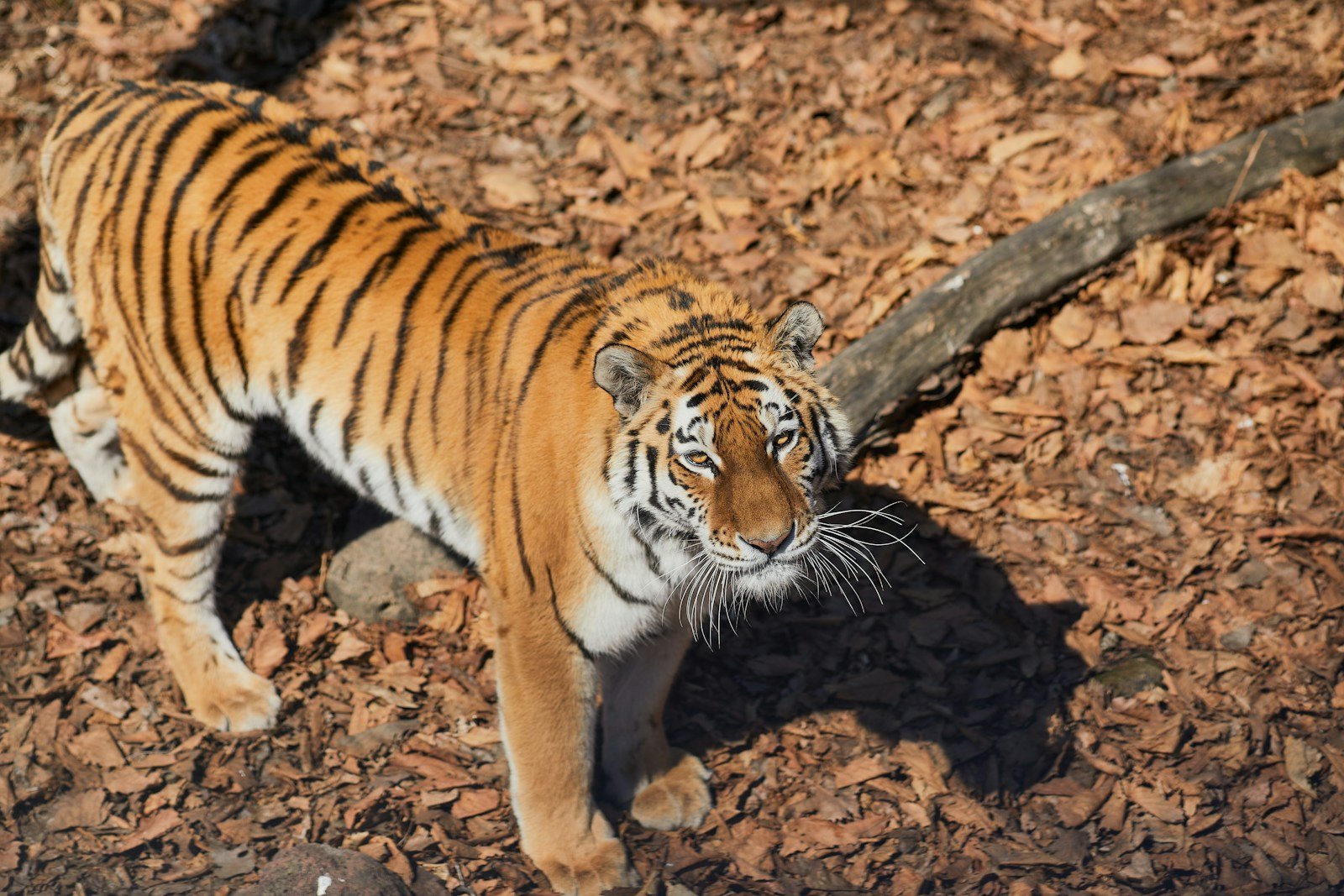
Communication in wild cats is heavily reliant on territory marking. They use scent marking, scratching, and urination to establish territory boundaries and convey presence to other cats. This form of communication is crucial for survival and dominance in the wild and is less relevant in domestic settings.
Body Language in Wild Cats
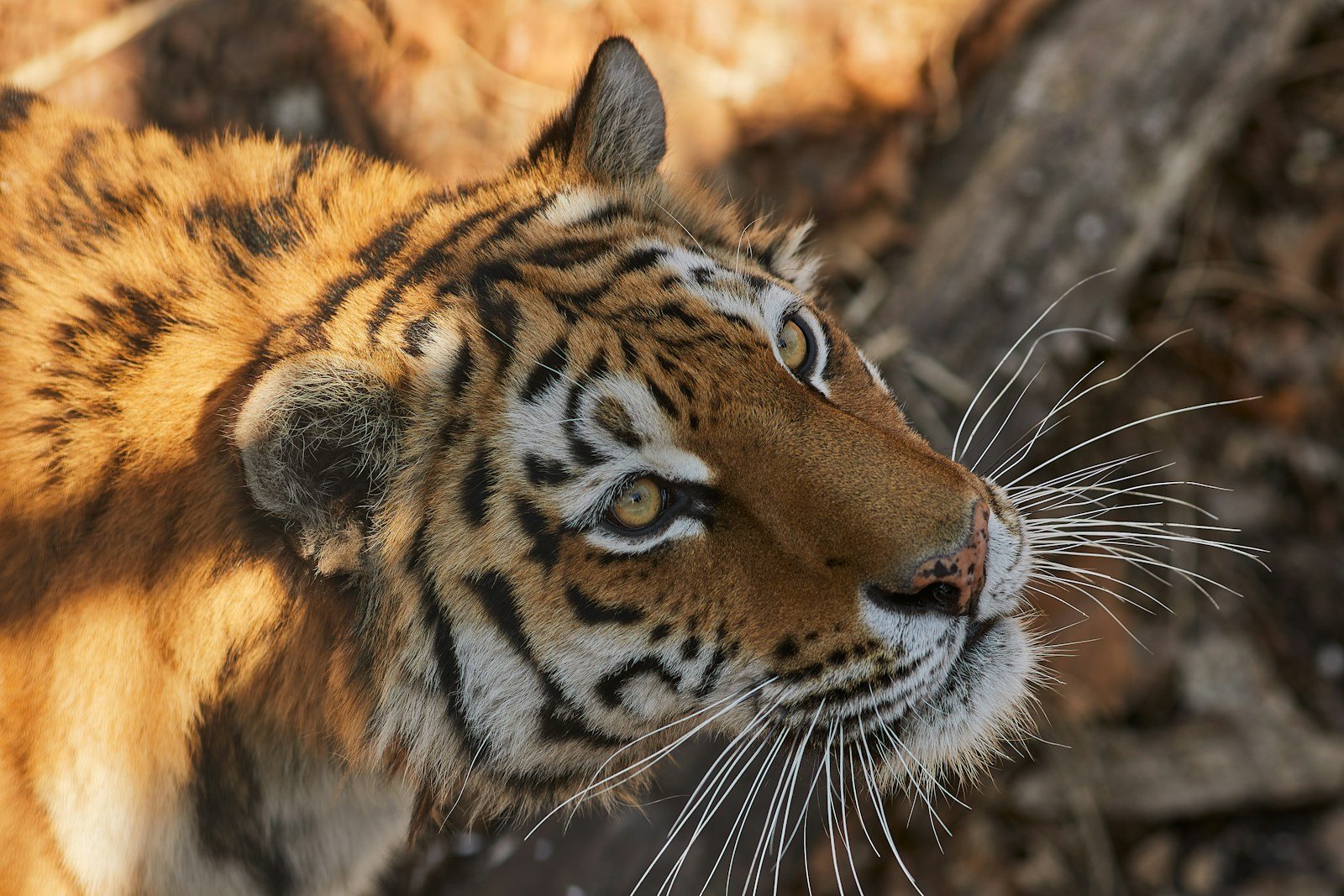
Wild cats communicate extensively through body language. A lion’s mane, a tiger’s stripes, and specific postures convey social status, readiness to mate, or aggression. These visual signals are vital in the wild, where vocalizations might attract unwanted attention from rivals or prey.
Human Interactions With Wild Cats
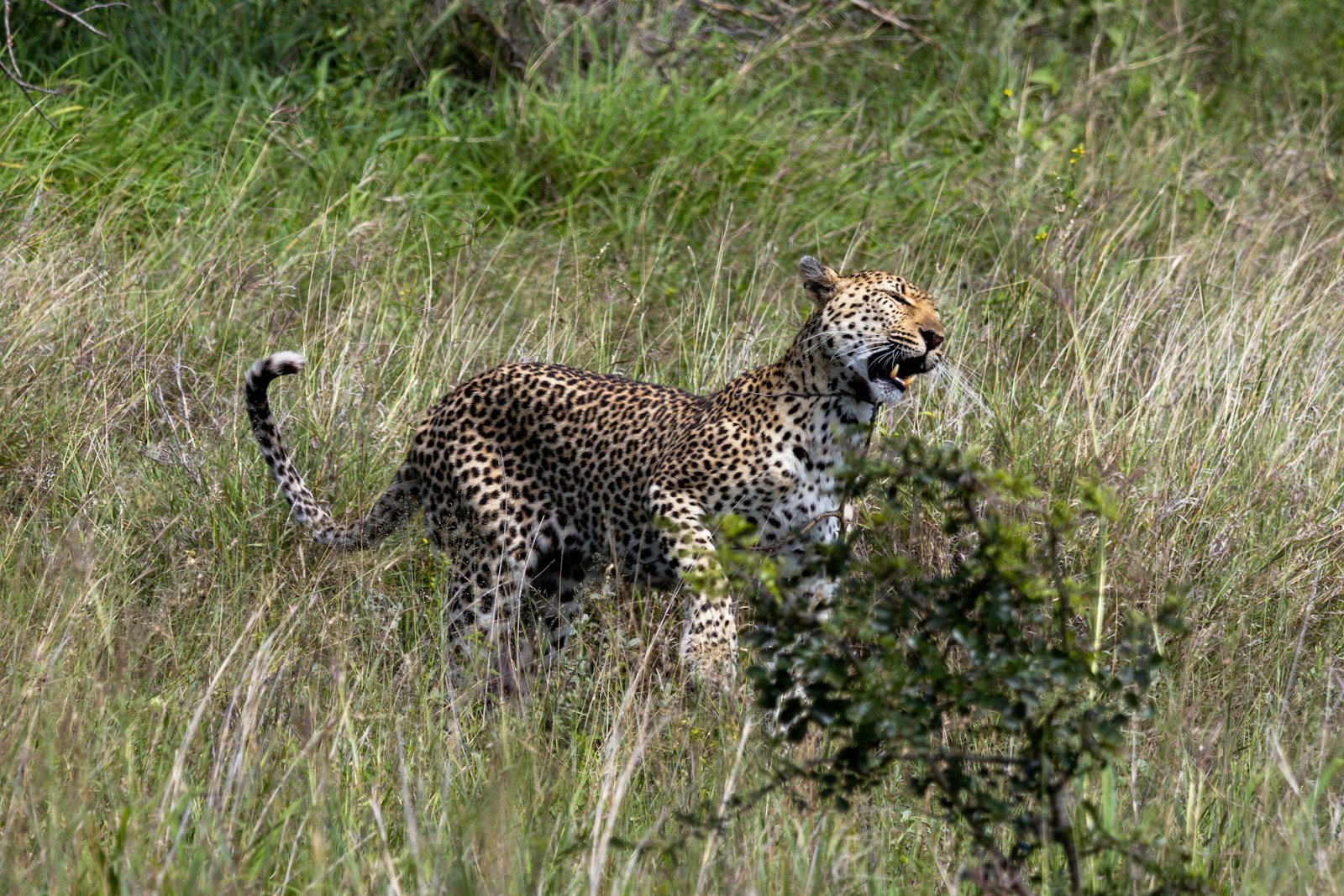
While wild cats do not naturally seek out human interaction, they may display certain behaviors when encountering humans. Displays of aggression, avoidance, or curiosity depend on previous experiences with humans and environmental context. Education and understanding of these behaviors are crucial for safe and peaceful coexistence.
The Impact of Environment on Communication
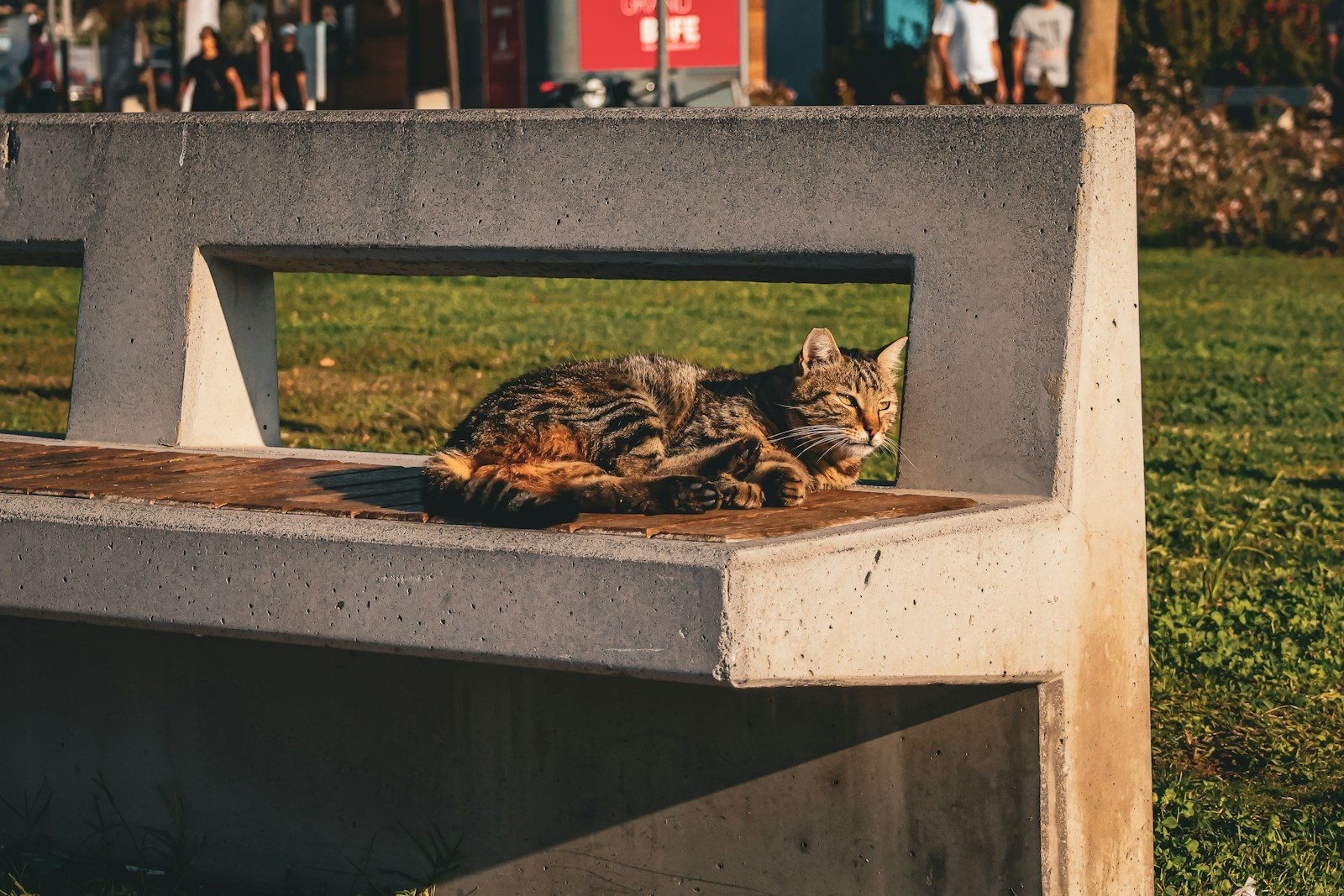
Environmental differences play a significant role in how cats communicate. Domestic cats, living in close quarters with humans, adapt their communication strategies to be understood by humans. In contrast, wild cats in natural habitats prioritize survival-based communication, focusing on interactions with other cats and their environment.
Conclusion: Bridging the Communication Gap
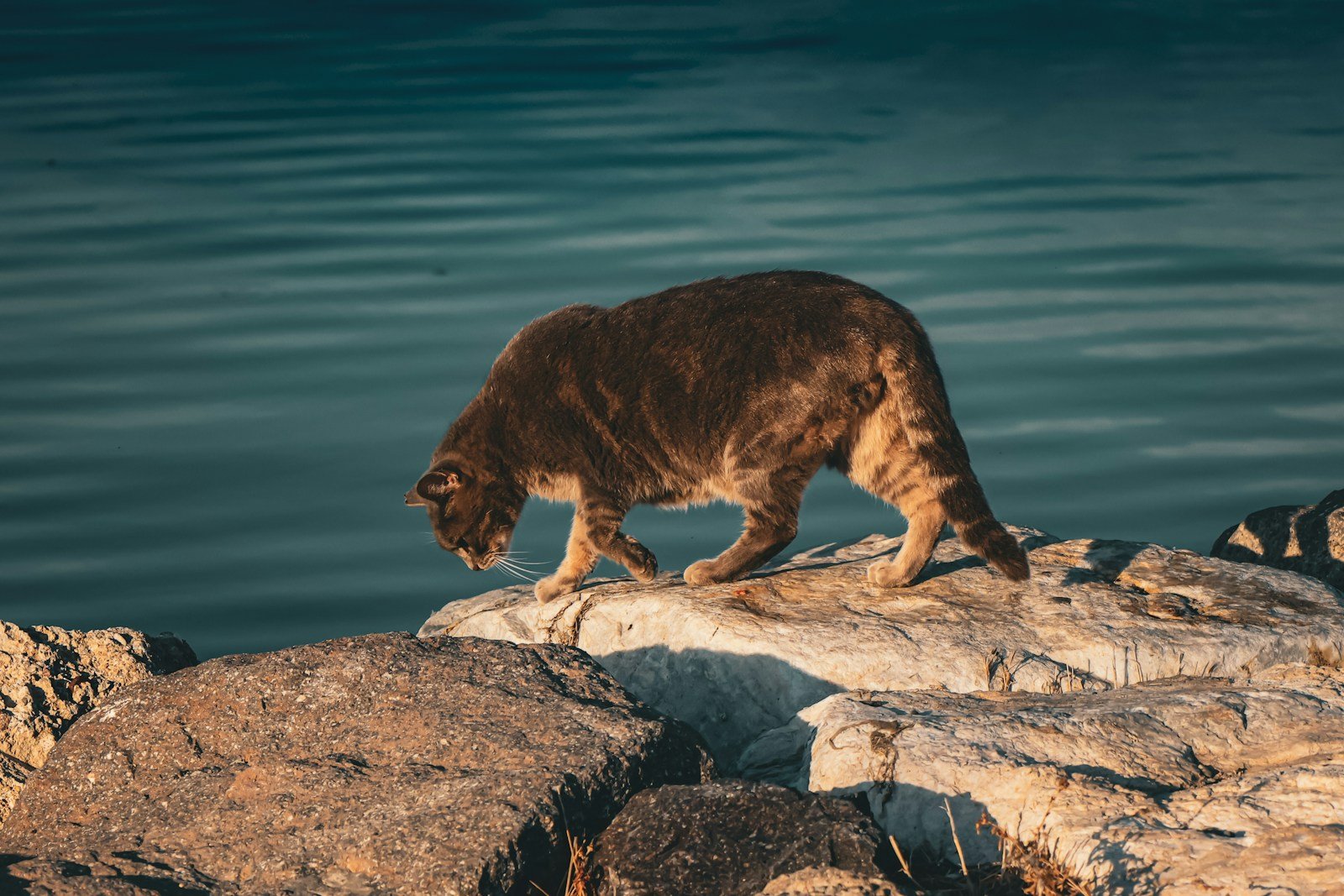
Understanding the differences in communication between domestic and wild cats offers insight into their behaviors and needs. By recognizing these distinctions, humans can better appreciate and interact with both domestic and wild feline species. Whether through a meow, a slow blink, or a territorial roar, cats have evolved to communicate in ways that ensure their survival and reinforce their complex relationship with humans.
Hi, I’m Bola, a passionate writer and creative strategist with a knack for crafting compelling content that educates, inspires, and connects. Over the years, I’ve honed my skills across various writing fields, including content creation, copywriting, online course development, and video scriptwriting.
When I’m not at my desk, you’ll find me exploring new ideas, reading books, or brainstorming creative ways to solve challenges. I believe that words have the power to transform, and I’m here to help you leverage that power for success.
Thanks for stopping by, Keep coming to this website to checkout new articles form me. You’d always love it!





